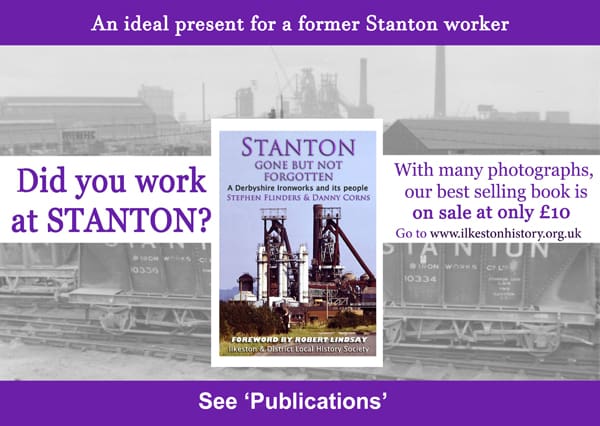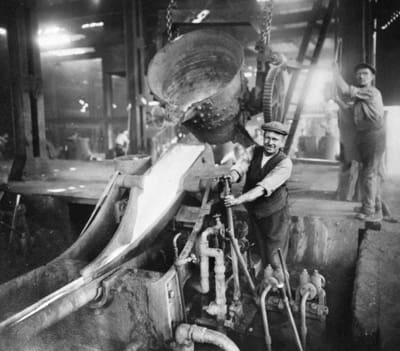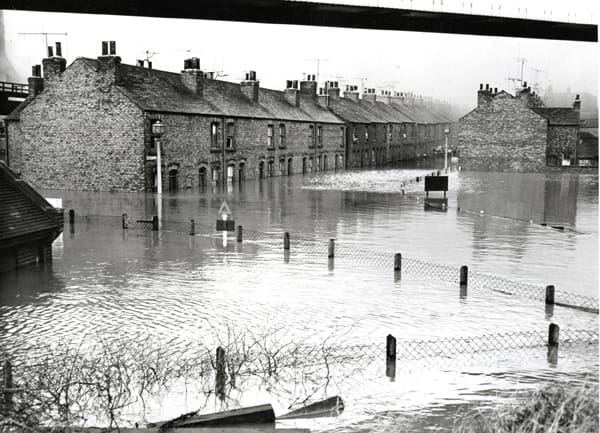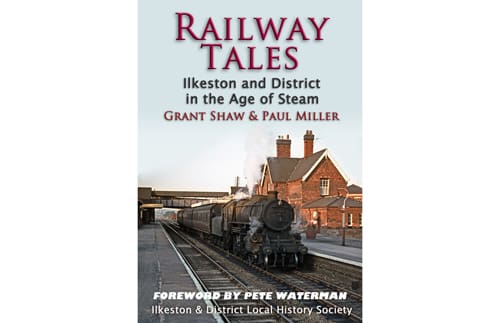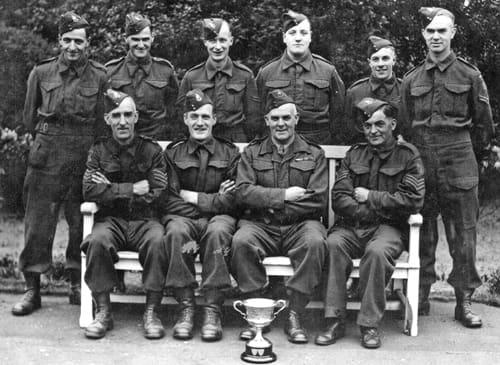The Stanton Ironworks at New Stanton, south of Ilkeston was once the town’s largest manufacturing concern and consequently its biggest employer. The Stanton and Staveley group was later part of the Tubes Division of British Steel Corporation. At its height, the company employed around 12,500 people of which 7,000 worked at the Stanton works.
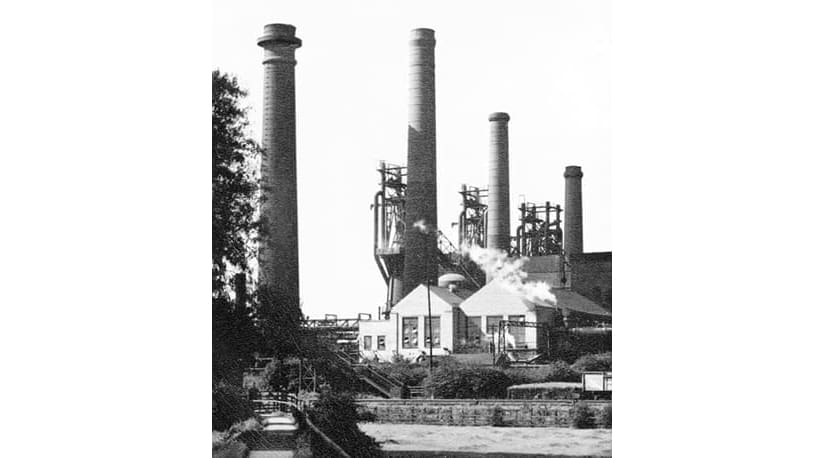
Evidence has been found that iron production has taken place in this area since Roman times and the remains of medieval bloom furnaces have been uncovered at Stanley Grange near to West Hallam. In 1788, a small blast furnace had been built and operated in the area between Stanton by Dale and Dale Abbey which, although in operation for little more than 15 years, laid the foundations for one of the largest industries in the area. However, the true origins of the Stanton Ironworks go back to 1846 when Chesterfield man, Benjamin Smith and his son Josiah, brought three blast-furnaces into production alongside the banks of the Nutbrook Canal.
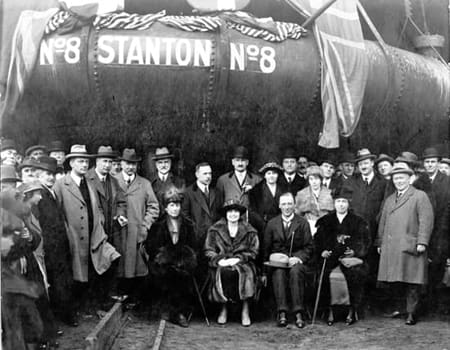
Between 1865 and 1867, Benjamin Smith’s original three furnaces were replaced with five new furnaces, this site being later known as the ‘Old Works’. Smith’s furnaces produced about 20 tons of pig iron per day but the company soon experienced financial difficulties and there followed a series of take-overs during the middle of the 19th century.
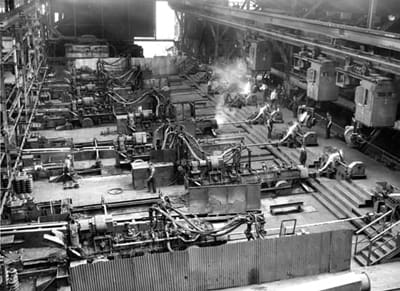
During this period the business was taken over by the Crompton family. This family owned the company for over eighty years, re-naming the works ‘The Stanton Iron Company’. The Franco-Prussian War of 1870 created a huge demand for iron and the works expanded rapidly with the construction of new furnaces and foundries (the ‘New Works’) alongside the Erewash Canal in the early 1870s. By the early 20th century the business was named ‘The Stanton Ironworks Company Ltd’.
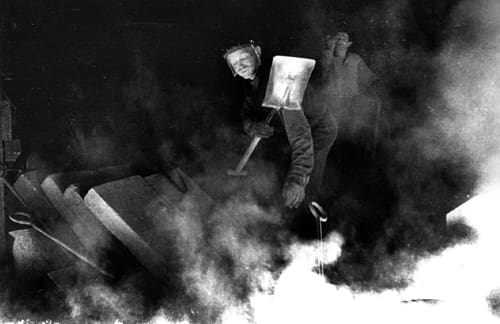
The company was eventually taken over by Stewarts and Lloyds Ltd and was merged with the Staveley Iron and Chemical Company Ltd in 1960 to form Stanton and Staveley. The company became part of the British Steel Corporation when Stewarts and Lloyds was nationalised in 1967.
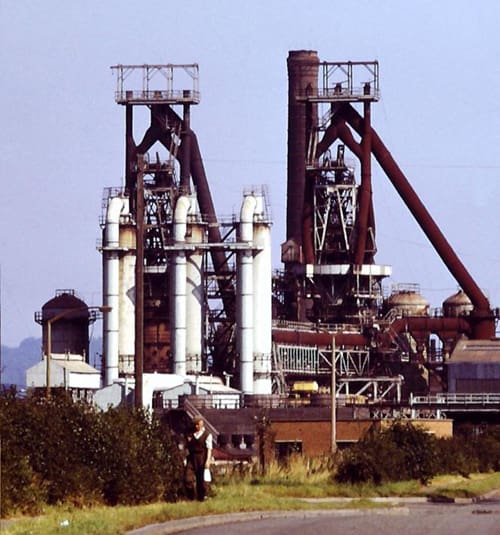
Over the years the company produced a vast range of products. Spun iron pipes, pig iron, pre-stressed concrete pipes, street furniture, lighting columns and cast-iron tunnel segments used in the construction of the London Underground and the Mersey Tunnel. Other by-products included chemicals, coke oven gas, bitumen and road-stone.
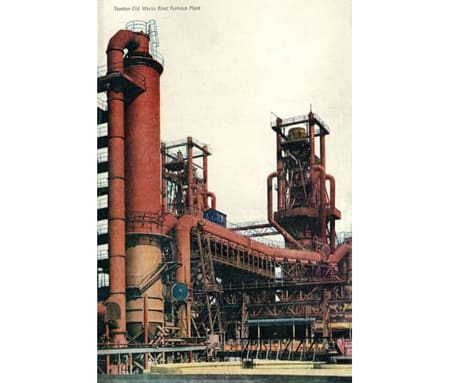
During the 1914-1918 war Stanton produced large numbers of shell casings, while during the Second World War both shell and bomb casings, gun barrels, and concrete air-raid shelter components were produced. With its experience in high quality concrete products, Stanton was also involved with the production of experimental concrete torpedo casings. During the Second World War, the Stanton Gate Foundry (known to later generations as the Erewash Foundry) produced 873,500 bomb casings.
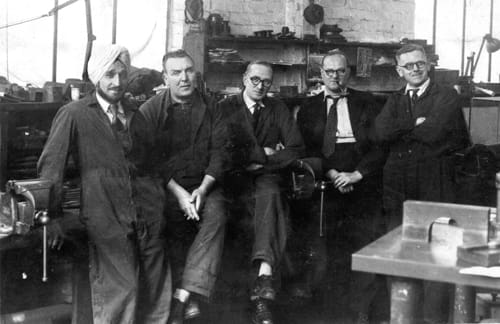
The years following the war saw Stanton’s fortunes fluctuate while the company was nationalised, privatised and re-nationalised. During the early 1980s Stanton was privatised for the final time and became part of the French Pont-a-Mousson Group and later part of Saint Gobain.

All the iron making has now gone and the site has been largely cleared and is awaiting redevelopment. Stanton – Gone but not forgotten.
